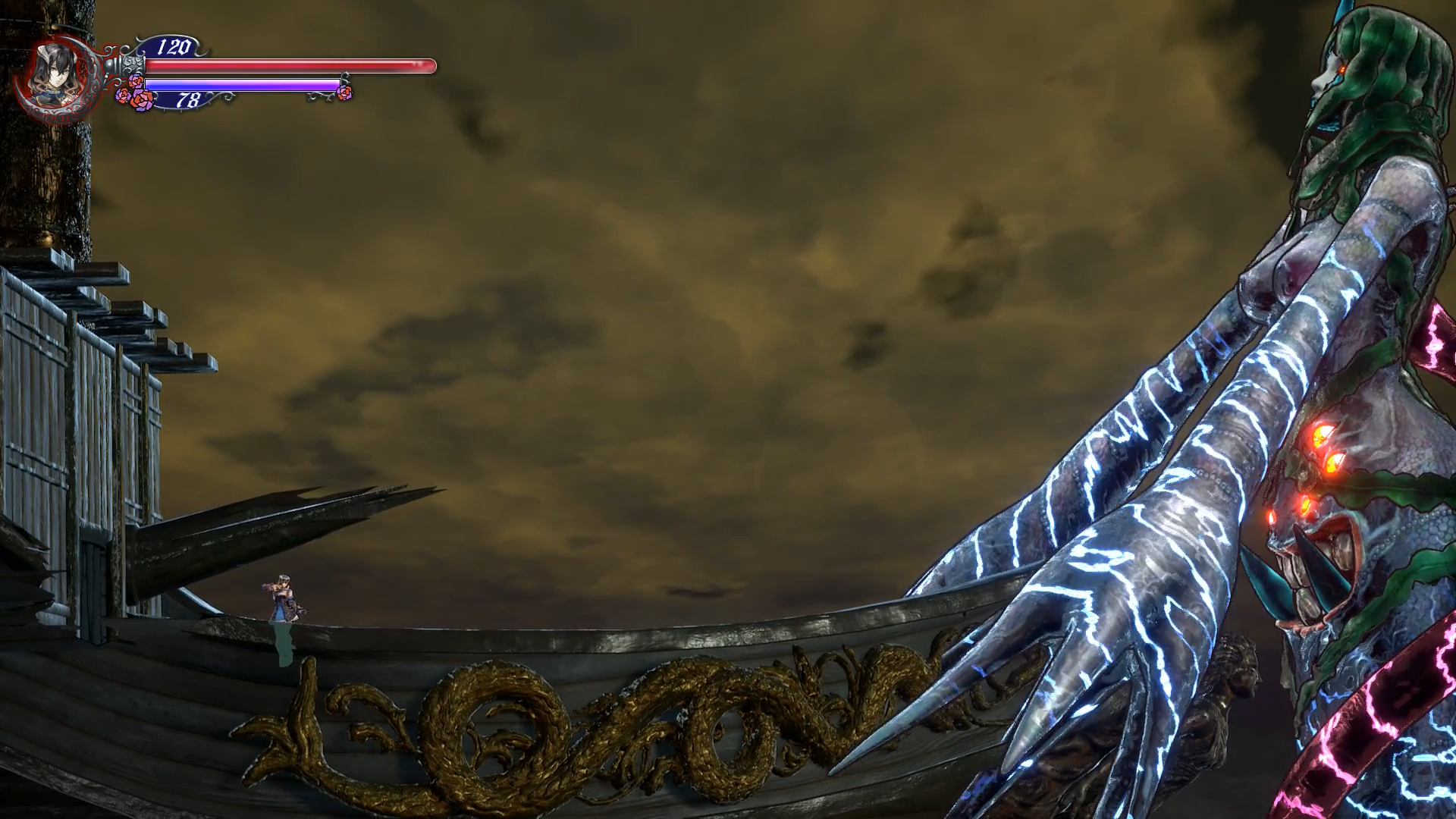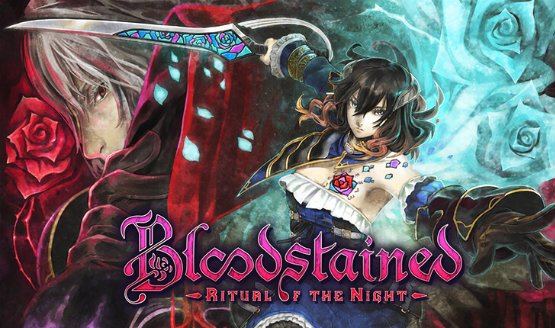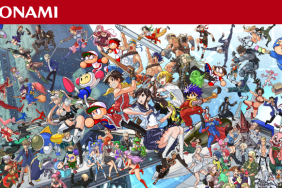Over the past few years, Koji Igarashi and his team have been grinding away at Bloodstained, a massive Kickstarter success and spiritual successor to the “metroidvania” subset of Konami’s Castlevania. Being a retro-styled game such as it is, Bloodstained is the perfect game to bring in to the ever-evolving conversation about the sustainability of single player games in today’s video game industry. A recent interview from Games Industry was framed around that context, but while Igarashi’s comments on single player vs multiplayer economics are interesting, he also spoke to the difference between the indie game development scenes in America and Japan in a way that adds extra perspective to the ways we could even approach the overall discussion.
Igarashi is noted in the interview piece as being surprised Bloodstained is referred to as an indie game, stating it has a team of roughly 20 people working on it, more people than were on games he’d been involved with in the past, that weren’t considered indie and had all of four people on the team. And of course he comments on the divide between AAA and indie, and how there’s a struggle for anything to be somewhere in-between, something we’ve recently seen games like Hellblade tackle and even be successful in doing so. But here’s the quote that really stands out:
In Japan, indie developers are mostly people who came from a larger publishing company that want to start their own company. In America, even just a student could create a game and be able to publish that as an indie title, and create whatever they want to create. That sort of thing is more of a hobby for people in Japan and it’s not very profitable. A lot of people who do that can’t break even.
It’s often easy to overlook things like geographical and cultural contexts when assigning labels to things or asking questions like, “are single player games dead?” When you see comments like these from Igarashi, it reminds us that it’s nearly impossible to answer a question like that definitively, and trying to depends on what games we’re looking at and who’s making them, and even where.
[Source: Games Industry]
Bloodstained
-
Bloodstained: Ritual of the Night

-
Bloodstained: Ritual of the Night
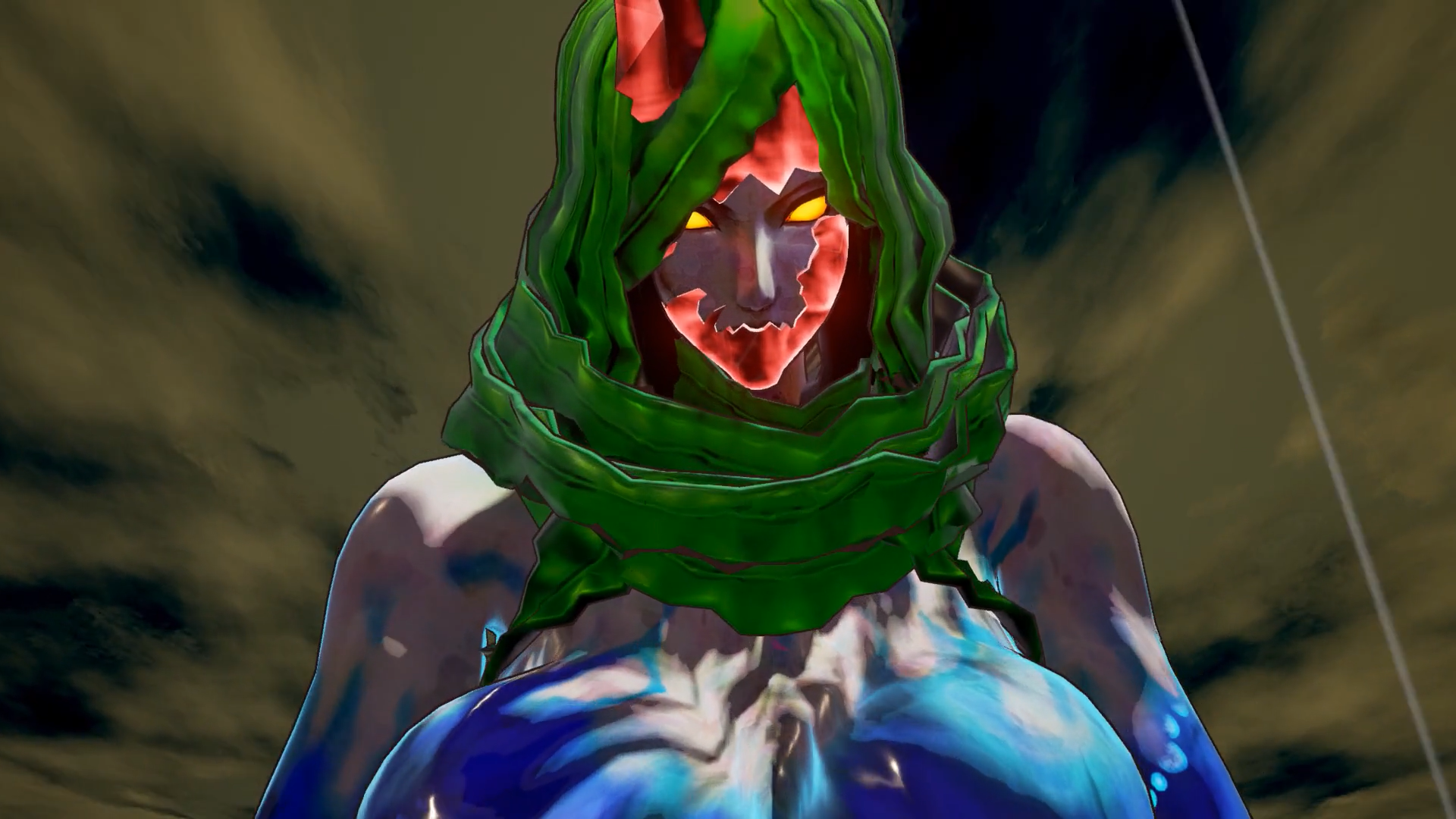
-
Bloodstained: Ritual of the Night
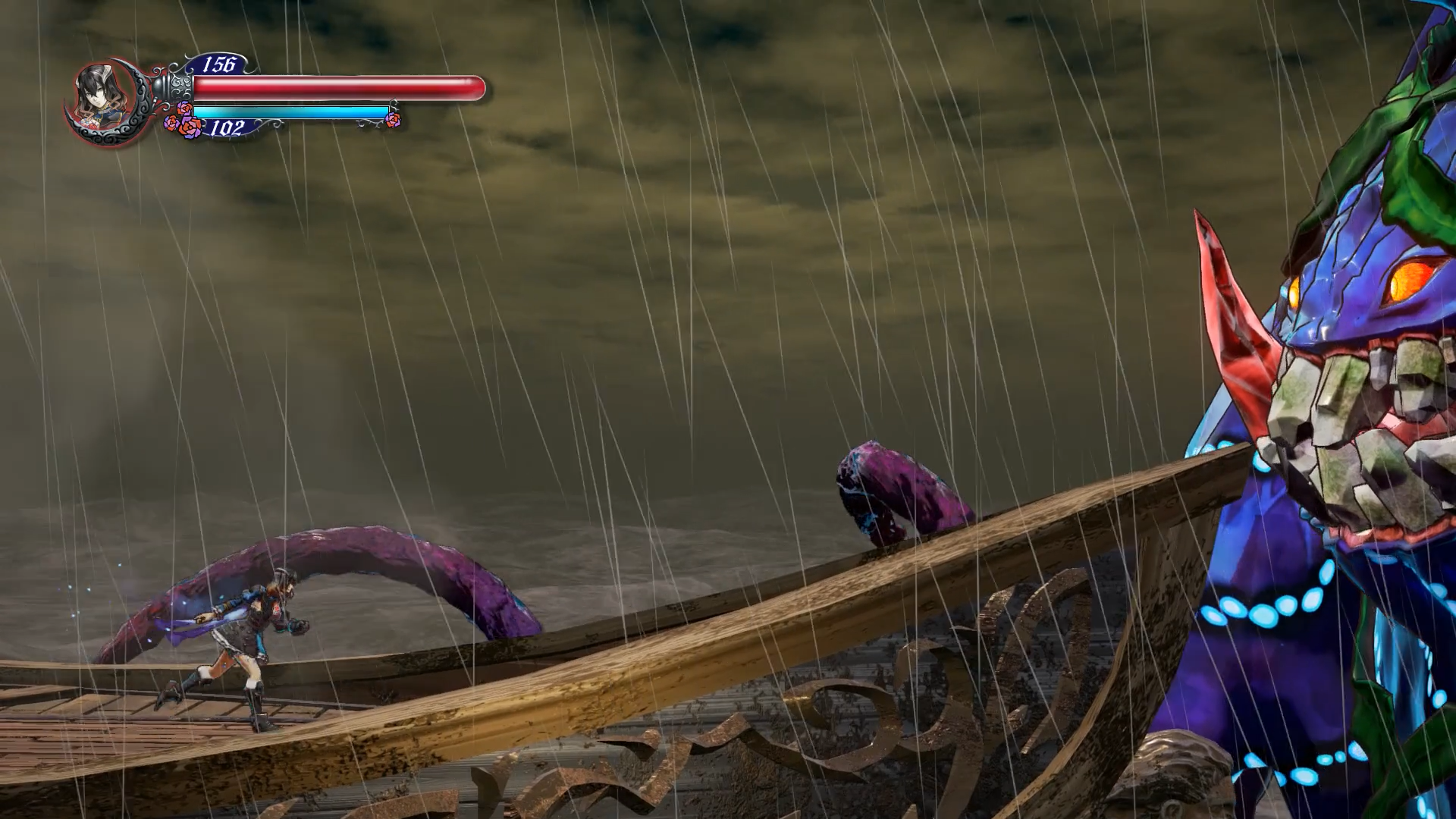
-
Bloodstained: Ritual of the Night
